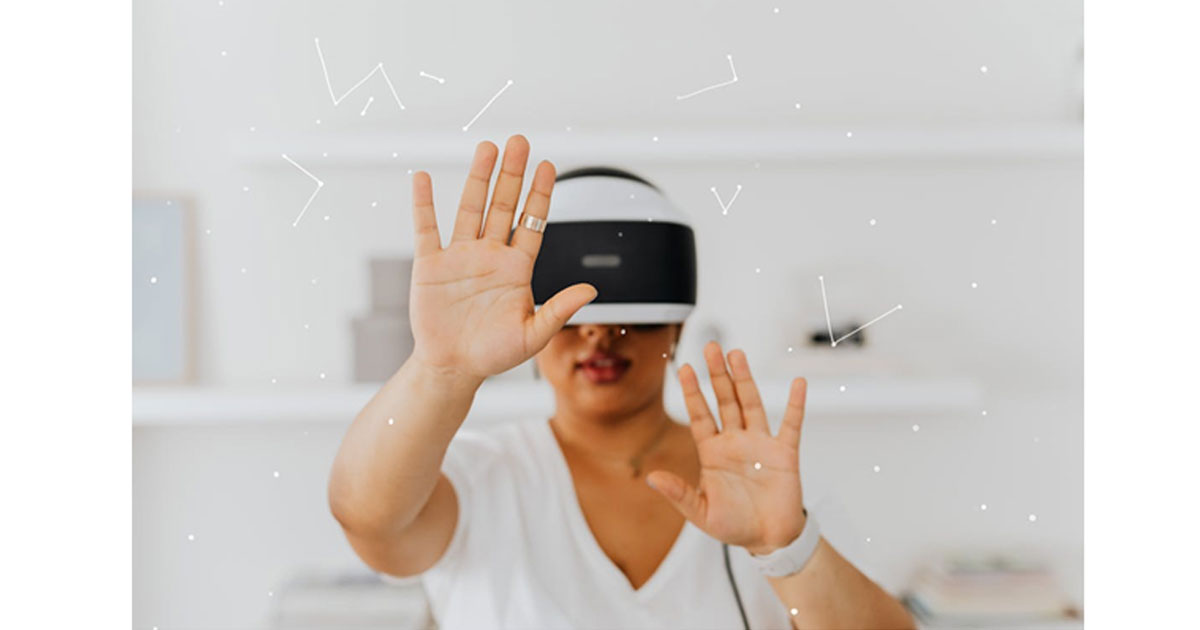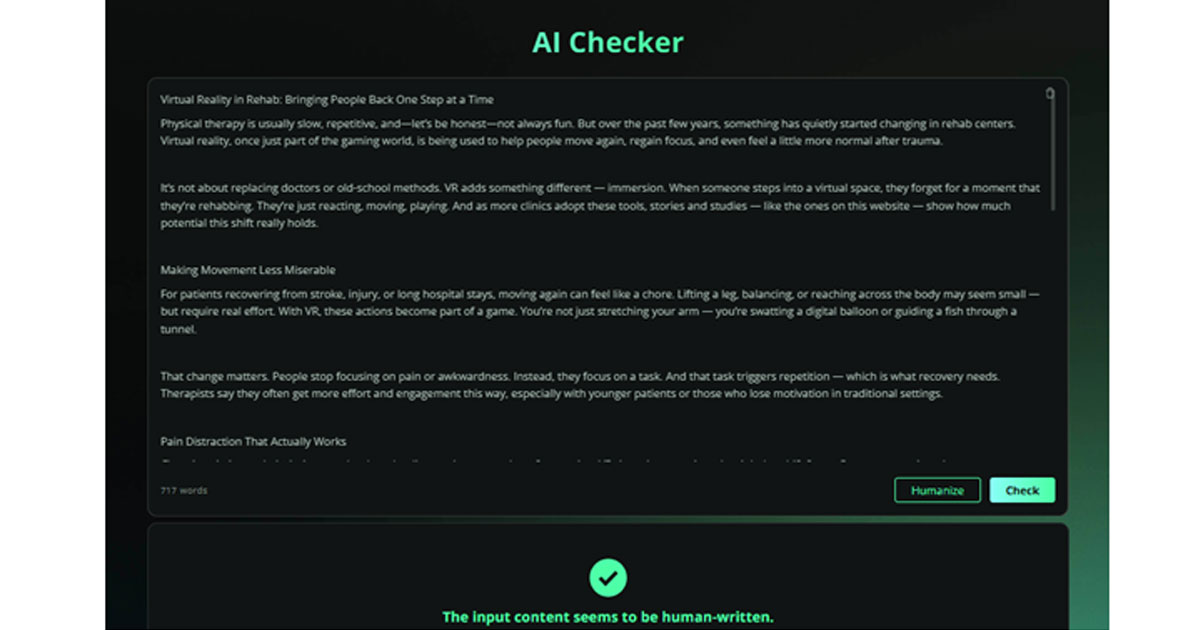
Physical therapy is usually slow, repetitive, and — let’s be honest — not always fun. But over the past few years, something has quietly started changing in rehab centers. Virtual reality, once just part of the gaming world, is being used to help people move again, regain focus, and even feel a little more normal after trauma.
It’s not about replacing doctors or old-school methods. VR adds something different — immersion. When someone steps into a virtual space, they forget for a moment that they’re rehabbing. They’re just reacting, moving, playing. And as more clinics adopt these tools, stories and studies — like the ones on this website — show how much potential this shift really holds.
Making Movement Less Miserable
For patients recovering from stroke, injury, or long hospital stays, moving again can feel like a chore. Lifting a leg, balancing, or reaching across the body may seem small — but require real effort. With VR, these actions become part of a game. You’re not just stretching your arm — you’re swatting a digital balloon or guiding a fish through a tunnel.
That change matters. People stop focusing on pain or awkwardness. Instead, they focus on a task. And that task triggers repetition — which is what recovery needs. Therapists say they often get more effort and engagement this way, especially with younger patients or those who lose motivation in traditional settings.
Pain Distraction That Actually Works
Chronic pain is tough. It drains people, slows healing, and can stop them from trying. VR doesn’t cure pain — but it helps shift focus. Snowy mountains, slow ocean scenes, or calming music can pull someone’s mind away from what hurts, even for a few minutes.It sounds simple, but those few minutes can change a session. Some therapists use VR during wound care or muscle work, letting patients stay calmer. And for people trying to reduce medication, this kind of non-invasive distraction is a valuable option.
Thinking Clearly Again
Not every injury is visible. People recovering from brain injuries, surgery, or memory loss often need help with everyday thinking — not just walking. That’s where VR shines in another way.
Patients can practice cooking in a virtual kitchen. Or learn to cross a street with traffic sounds, signals, and timing. Because the environment is digital, it can be paused, repeated, or changed instantly. No real danger. Just practice.
And with each session, people start doing a little more on their own. They remember steps. They make faster choices. The boost in confidence often comes before the skill is fully back — and that matters, too.
Mental Health Gains, Not Just Physical
For people with PTSD, anxiety, or trauma-related symptoms, VR opens a door that wasn’t there before. It allows exposure — slowly, carefully, and safely. A war veteran might revisit a setting that once caused panic, but now with control over the pace. A person afraid of crowds can stand in a virtual subway without ever leaving the chair.
This type of therapy isn’t new. Exposure has been used for years. But VR makes it safer and more adjustable. And it gives therapists another tool for helping people reconnect with the world in small, steady steps.
Limits and Learning Curves
VR isn’t magic. Some people feel dizzy. Others just don’t like the headset. The learning curve is real, especially for older patients. And the cost can be a barrier for smaller clinics.
But the trend is clear. More hospitals are trying it. More therapists are learning how to use it. The goal isn’t to replace hands-on care — just to expand what’s possible. Used well, VR can fill in gaps where motivation, imagination, or patience start to run thin.
Not Just New — Actually Useful
What makes VR special in rehab isn’t just that it’s new. It’s that it works differently. It brings emotion into the room — curiosity, focus, even joy. That emotional shift can push recovery in ways charts and clipboards can’t.
There’s still a long way to go. Not every patient needs it. Not every clinic can afford it. But when it fits, it fits well. And for someone learning to walk again, or calming their breath, or remembering how to make coffee — a virtual world might just be the bridge back to the real one.







